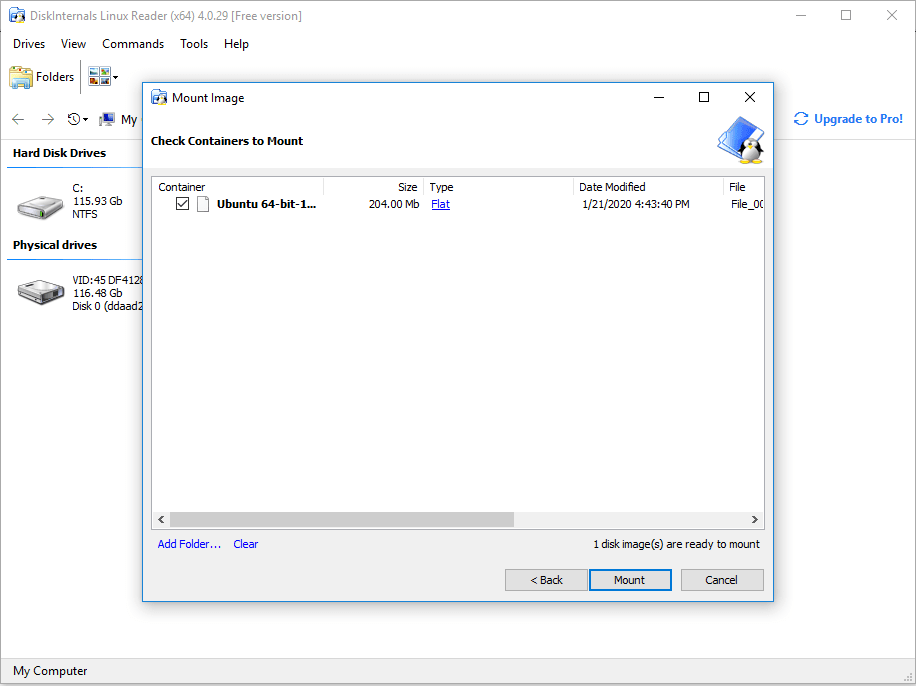

The advantage is the presence of metadata journaling, high stability of work, the distribution of I / O streams into groups is supported, a high read / write speed, there is the possibility of defragmentation even with a mounted partition, and you can increase the size of the file system. XFS - Developed by the company Silicon Graphics in 1993, was added to the core Linux as a filesystem in 2002 to the entire family of distributions Linux, currently used as "native" in the distribution Red Hat.The disadvantage is slightly lower performance and read / write speed. The advantage of this system is that it is journaling, that is, its reliability increases significantly in comparison with ext2. Developed by Stephen Tweedy in 2001, still used in distributions today Linux. ext3 - stands for Third Extended File System (the third version of the extended file system).The main disadvantage of the system ext2 is that it is not journaling, but it is because of this that it has great performance ( logging Is the process of logging, storing a list of changes that helps preserve the integrity of the file system during various system failures)

The advantage is high read / write speed. Developed by Remy Card in 1993 as the Linux kernel filesystem, was the main filesystem from 1993-2001 Linux.

IN Linux the following types of file systems are most commonly used: Each file system has its own pros, cons, vulnerabilities and distinctive features. Some are good in terms of security, others in terms of write / read speed. Some write small files very quickly (say, up to 1GB), but at the same time they do not interact well with large files or do not work with them at all. The variety of file systems is explained by the fact that each was invented for its own specific package of tasks. 14 June File systems ext2, ext3, XFS, ReiserFS, NTFSįile systemis a procedure that determines the way of organizing, storing and naming data on any electronic storage media in computers.


 0 kommentar(er)
0 kommentar(er)
